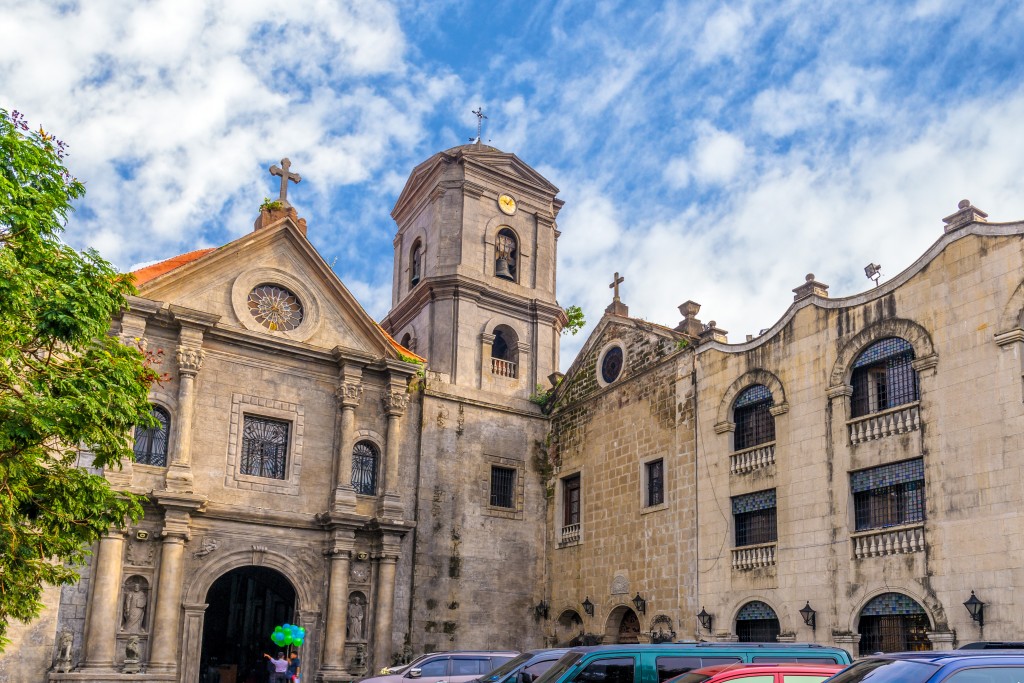The world’s most historic and important buildings don’t take care of themselves. Because these are some of the most famous and valued structures globally, and because they mean so much to people and the cultures they belong in, they occupy a special and unique space in the world of maintenance and facilities. Here is an inside look at how the world’s most historic buildings and institutions are maintained.
The White House
The White House is perhaps one of the most famous houses in the United States, if not the world. This is why it requires the care of an army of engineering and maintenance managers that maintain the grounds and the house itself. The U.S. General Services Administration (GSA) is in charge of overseeing the property’s maintenance. Simultaneously, the Public Building Service division is tasked to maintain it and thousands of other federal government facilities. This division is filled with experts who know exactly how to handle commercial restoration property damage, they commission artworks for federal buildings and promote innovative and eco-friendly workplace solutions.
Since the White House is a sprawling 55,000 square feet property, its annual maintenance costs reach about $750,000 to $1.6 million, painting the exterior walls alone entails the use of 570 gallons worth of paint, and the property is currently valued at almost $400 million.
Buckingham Palace
The seat of Queen Elizabeth II, Buckingham Palace, is owned by whoever is the reigning monarch, which means maintaining the property falls on the queen’s government. The property spans 39 acres, which means it requires staff members’ scores to keep the grounds and the buildings in tip-top shape. Simultaneously, the State Rooms are left open to the public when the Queen is not in residence, which usually takes place around summer to early fall. A historic building that is open to the public many times a month entails a lot of maintenance.
Another fascinating fact is that the palace employs one skilled clockmaker whose specific task is to maintain more than 350 watches and clocks in the property. And to make sure that the time passes smoothly, the palace has also employed two horological conservators whose job is to wind the clocks up once a week.
St. Peter’s Basilica
St. Peter’s Basilica was first constructed in 1506 and opened in 1626 and is more than just a structure to the world’s 1.4 billion Catholics. This is why it takes a fairly large team of staff members with different maintenance specializations (electricians and other tradesmen) to clean and maintain the church. This team is known as the Sanpietrini, which means “cobblestones” in English. They are literally the building blocks of the historic church since they’re at the forefront of making sure St. Peter is given the care and love it deserves. Some of their daily tasks include:
- Washing the 551 steps leading up to the dome
- Cleaning the papal tombs, which are located underneath the floor of the church
- Changing and cleaning out the Holy Water in the fonts
- Cleaning the chair of St. Peter from top to button in celebration of the key church feasts
The Sanpietrini do more than cleaning and maintaining, though; every year, they are also in charge of setting up the nativity scene, which gets more challenging year after year since they have to keep stepping up their game.
Eiffel Tower

Even people who could not care less about travel and Europe know about the Eiffel Tower, which is perhaps one of the world’s most well-known structures and tourist spots. Constructed in 1887 and officially opened in 1889, the Eiffel Tower is maintained the old-fashioned and traditional way.
Around 25 crew members bravely scale the structure using about 35 miles worth of climbing rope, and they use around 66 tons of lead-free paint to cover every beam, crevice, bolt, and nut. It gets repainted the same way it was first painted in the 19th century: Completely by hand and with the use of small round brushes. This is a great way to do some re-painting because it keeps the attraction open, and people will be safe from paint drips.
The Bottom Line
In the same way that we need to care for our residential and commercial properties, the world’s governments are also working hard to care for the bastions and symbols of their nations, just like these historic buildings. For these institutions to last for generations, leaders and tourists need to work together to keep them clean and preserve their dignity.



















